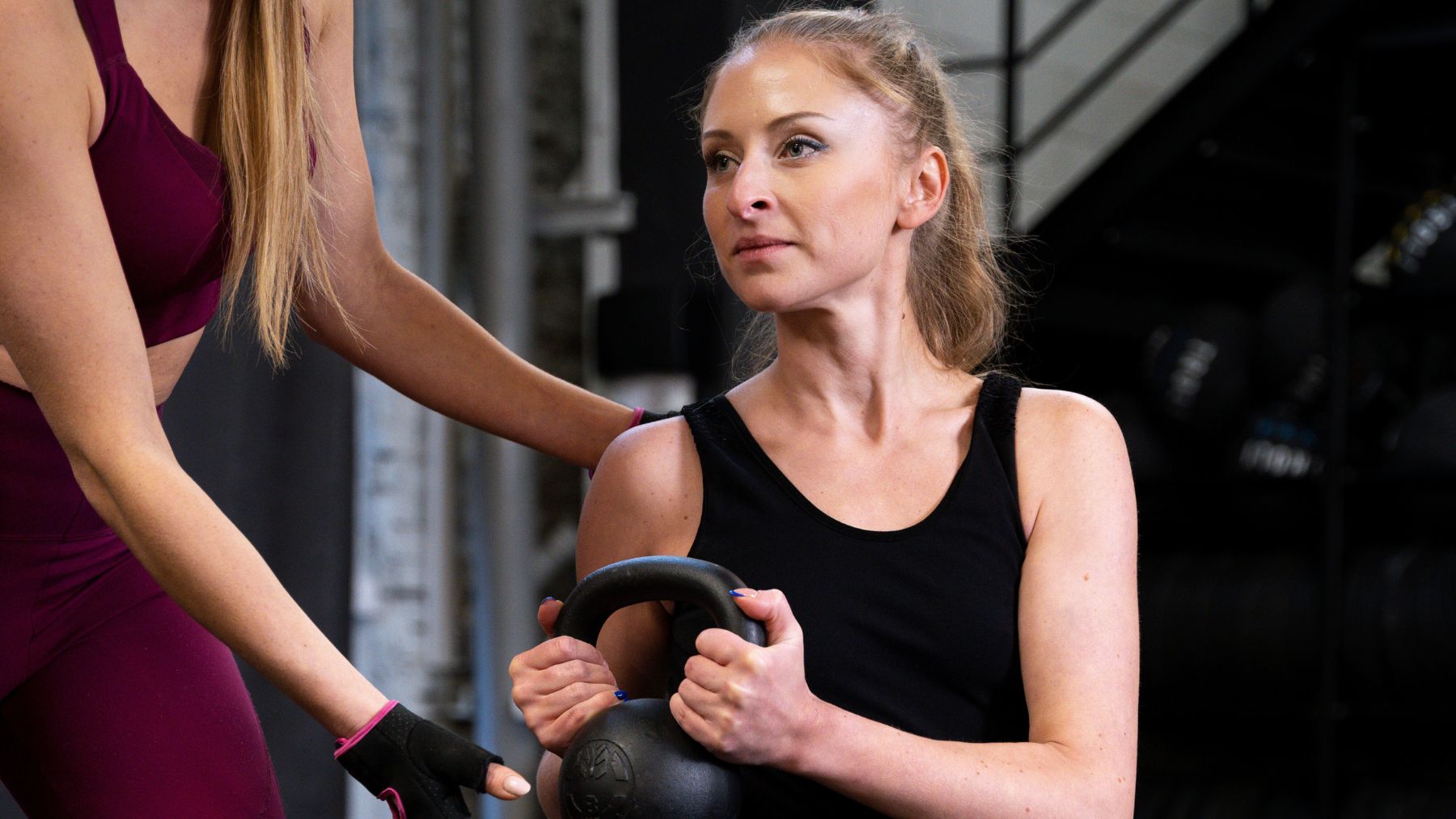Fitness experts highlight that this simple exercise, done right at home, can improve muscle tone, support posture, and strengthen the core without putting unnecessary strain on the joints.
That move is the glute bridge march. It’s a low-impact exercise that engages multiple muscle groups, boosts stability, and is suitable for any fitness level. Let’s explain how to do it, why it’s especially effective for adults over 45, and practical tips for getting started if you’re easing back into exercise.
The glute bridge march and why this move is so effective
To try the glute bridge march, lie flat on your back with your knees bent and feet planted on the floor, hip-width apart. Keep your arms by your sides with palms facing down. Push through your heels to lift your hips into a bridge position, creating a straight line from your shoulders to your knees. Once stable, lift one knee toward your chest while holding the bridge. Lower the leg with control, then switch sides as if you’re marching in place.
This move works far more than the glutes. It strengthens the hamstrings, lower back, and abdominals, all of which are essential for maintaining stability as we age. By challenging one side of the body at a time, it also trains balance and coordination. These benefits carry over to everyday movements like walking up stairs, bending, or standing from a chair.
It’s a joint-friendly exercise that still elevates the heart rate when performed in controlled repetitions. For people over 45, it supports core stability, protects the lower back, and helps offset the natural decline in muscle mass that occurs with aging. Done regularly, it builds a foundation of strength and mobility that makes other activities easier and safer.
Tips for getting started with exercise at home
If you’re new to structured workouts or returning after a break, starting with safe, manageable steps makes the process more sustainable. The glute bridge march can be your entry point, but consistency and smart choices are what deliver results. Here are some tips to begin and stay on track:
- Set a schedule: Pick specific days and times for short workouts. Routine helps it become a habit.
- Start small: Begin with 2 to 3 rounds of just a few reps per exercise and build gradually from there.
- Focus on form: Quality beats quantity. Proper alignment protects your joints and ensures your muscles are working.
- Use supportive surfaces: A yoga mat or carpet provides comfort for floor-based moves like bridges and planks.
- Stay hydrated: Even light exercise increases your body’s need for water. Keep a bottle nearby.
- Warm up and cool down: Gentle stretches or a brisk walk prepare muscles and reduce soreness afterward.
- Track progress: Jot down reps or note improvements. Small wins will help keep your motivation high.
Starting or restarting exercise after 45 doesn’t need to be overwhelming. By pairing simple moves like the glute bridge march with steady, realistic habits, you can build strength and energy in a way that supports your long-term health goals. Over time, these steps stack up into real changes you can feel every day.

